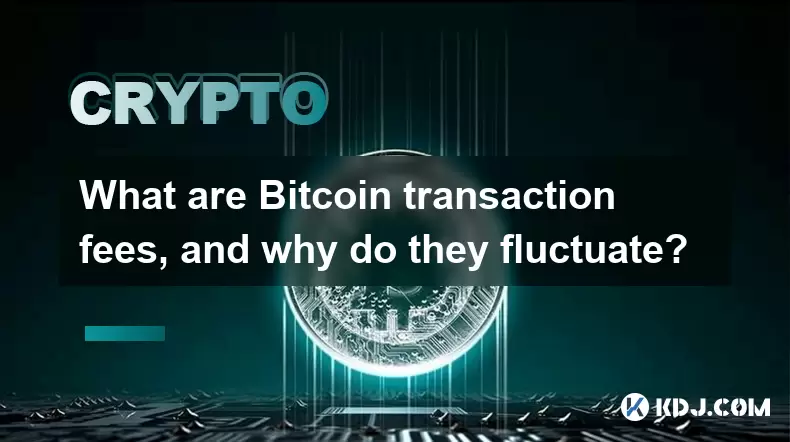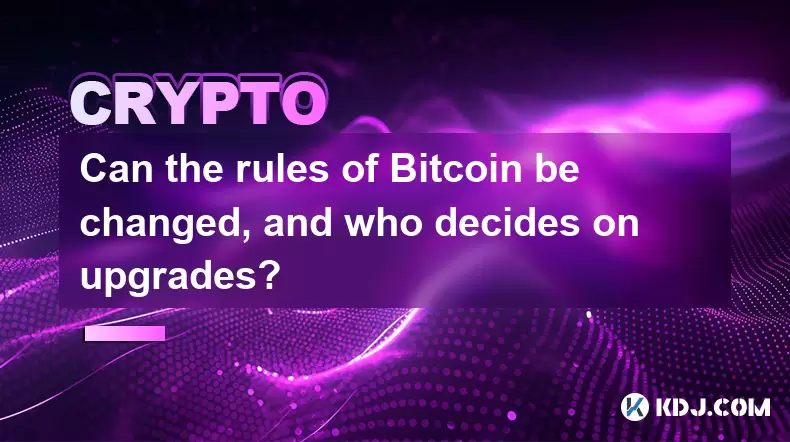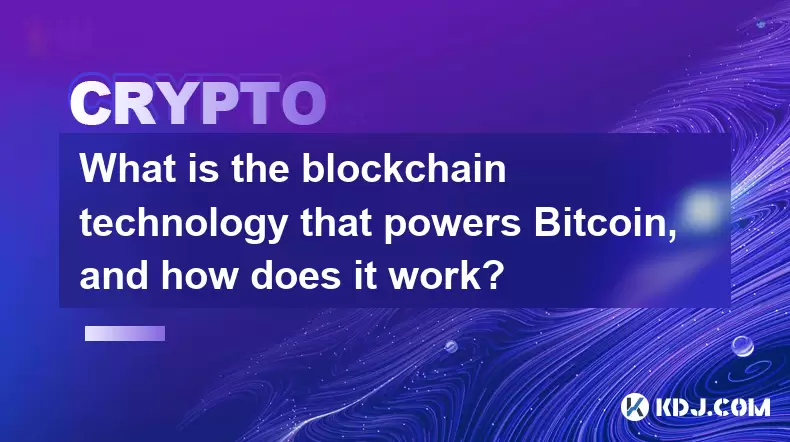-
 Bitcoin
Bitcoin $112400
-1.07% -
 Ethereum
Ethereum $3409
-3.27% -
 XRP
XRP $2.784
-6.60% -
 Tether USDt
Tether USDt $0.9997
-0.03% -
 BNB
BNB $739.3
-2.09% -
 Solana
Solana $158.0
-2.90% -
 USDC
USDC $0.9998
-0.02% -
 TRON
TRON $0.3213
-0.94% -
 Dogecoin
Dogecoin $0.1929
-5.01% -
 Cardano
Cardano $0.6974
-2.82% -
 Hyperliquid
Hyperliquid $36.69
-2.31% -
 Sui
Sui $3.327
-4.80% -
 Stellar
Stellar $0.3672
-5.18% -
 Chainlink
Chainlink $15.65
-3.07% -
 Bitcoin Cash
Bitcoin Cash $525.0
-1.68% -
 Hedera
Hedera $0.2291
-6.00% -
 Avalanche
Avalanche $20.91
-2.96% -
 Ethena USDe
Ethena USDe $1.000
0.00% -
 Toncoin
Toncoin $3.520
-1.12% -
 UNUS SED LEO
UNUS SED LEO $8.968
0.14% -
 Litecoin
Litecoin $105.7
0.26% -
 Shiba Inu
Shiba Inu $0.00001181
-1.79% -
 Polkadot
Polkadot $3.492
-2.08% -
 Uniswap
Uniswap $8.800
-3.10% -
 Dai
Dai $0.9999
-0.01% -
 Monero
Monero $289.9
-3.17% -
 Bitget Token
Bitget Token $4.243
-1.27% -
 Pepe
Pepe $0.00001006
-3.67% -
 Cronos
Cronos $0.1248
-5.68% -
 Aave
Aave $249.7
-2.50%
What are Bitcoin transaction fees, and why do they fluctuate?
Bitcoin transaction fees depend on network demand and transaction size, not the amount sent, with higher fees speeding up confirmation during congestion.
Aug 03, 2025 at 01:51 am

Understanding Bitcoin Transaction Fees
Bitcoin transaction fees are small amounts of Bitcoin paid by users to miners for processing and confirming transactions on the blockchain. When a user sends Bitcoin from one wallet to another, the transaction must be included in a block by a miner to be considered valid. Miners prioritize transactions based on the fees attached, meaning higher fees typically result in faster confirmation times. These fees are not set by a central authority but are determined by network demand and the size of the transaction in bytes.
Transaction fees are calculated based on the data size of the transaction, not the amount of Bitcoin being sent. A transaction with multiple inputs (such as combining several previous transactions) will occupy more space in a block and thus incur a higher fee. Wallets usually estimate the appropriate fee based on current network congestion, offering options like “economy,” “normal,” or “priority” to reflect different confirmation speeds.
How Bitcoin Transaction Fees Are Calculated
The fee structure in Bitcoin is based on satoshis per virtual byte (sat/vB). A satoshi is the smallest unit of Bitcoin (100 million per BTC), and the transaction size in virtual bytes determines how much space it takes in a block. To calculate the total fee, multiply the transaction size (in vBytes) by the current sat/vB rate.
For example:
- A transaction that is 250 vBytes in size
- With a network fee rate of 50 sat/vB
- Results in a total fee of 250 × 50 = 12,500 satoshis (or 0.000125 BTC)
Wallets often use real-time data from the mempool (memory pool) to suggest appropriate fee rates. Users can manually adjust fees in advanced settings, though setting fees too low may result in delayed confirmations or the transaction being dropped.
Role of the Mempool in Fee Determination
The mempool is a holding area for unconfirmed transactions waiting to be included in a block. Miners pull transactions from the mempool, prioritizing those with the highest fee per byte. When the mempool is full, competition increases, pushing users to pay higher fees to get their transactions confirmed quickly.
During periods of high network activity—such as during market volatility or large exchange withdrawals—the mempool can become congested. This leads to a spike in the average fee rate as users bid up the cost to outcompete others. Conversely, when activity is low, the mempool clears quickly, and lower fees are sufficient for timely confirmation.
Some block explorers and fee estimation tools display mempool size and fee distribution, helping users decide how much to pay. Monitoring the mempool depth (measured in megabytes) provides insight into current network load.
Impact of Block Size and Block Time
Bitcoin blocks are limited to approximately 4 MB in size (with Segregated Witness, or SegWit, increasing effective capacity). Only a finite number of transactions can fit in each block, and new blocks are mined roughly every 10 minutes. This fixed block time and size create a supply constraint that directly influences fee dynamics.
When demand exceeds block capacity:
- Transactions with higher fees per byte are selected first
- Lower-fee transactions remain in the mempool
- Fees rise until supply meets demand
This mechanism ensures that the network remains functional even under heavy load, though it can make small, low-priority transactions costly during peak times. The 10-minute block interval means users may wait several cycles for confirmation if fees are too low.
Strategies for Managing Bitcoin Transaction Fees
To avoid overpaying or experiencing delays, users can adopt several strategies:
- Monitor real-time fee estimators: Tools like BitInfoCharts, Mempool.space, or blockchain.com provide live fee rate data and confirmation time estimates.
- Use SegWit addresses: Transactions from SegWit-enabled wallets are smaller in size, reducing fees by up to 40%.
- Schedule non-urgent transactions during off-peak hours: Fees are often lower during weekends or outside major market hours.
- Enable dynamic fee adjustment: Many wallets allow fee bumping via Replace-by-Fee (RBF) or Child-Pays-For-Parent (CPFP) techniques.
To use RBF:
- Ensure the transaction is marked as replaceable when sent
- Resubmit the transaction with a higher fee from the same wallet
- The network will accept the updated version if miners find it more profitable
For CPFP:
- Create a new transaction that spends an unconfirmed output
- Attach a high fee to this new transaction
- Miners may include both the original and new transaction to collect the combined fees
External Factors Influencing Fee Volatility
Several external factors contribute to fee fluctuations beyond basic supply and demand:
- NFT and token launches on Bitcoin: Ordinals and BRC-20 tokens have increased transaction volume significantly, as minting and transferring these assets require on-chain space.
- Exchange withdrawals during price surges: When Bitcoin’s price moves sharply, users rush to move funds, spiking mempool congestion.
- Whale movements: Large entities moving substantial amounts of BTC often use multiple inputs, creating bulky transactions that consume block space.
- Global adoption trends: As more users and services adopt Bitcoin, baseline transaction volume rises, affecting average fees over time.
These factors interact dynamically, making fee prediction challenging without real-time data analysis.
Frequently Asked Questions
Why do I sometimes pay high fees even for small Bitcoin amounts?
Fees depend on transaction size in bytes, not the BTC amount. A small transaction with many inputs (e.g., from frequent micro-deposits) can be large in data size, requiring higher fees.
Can a transaction get stuck indefinitely if I set a low fee?
Most nodes evict unconfirmed transactions from the mempool after approximately 14 days. If this happens, the transaction is canceled, and funds return to the sender’s wallet. However, some wallets allow rebroadcasting or fee bumping before eviction.
Do all Bitcoin wallets calculate fees the same way?
No. Wallets use different fee estimation algorithms and data sources. Some rely on internal node data, while others use third-party APIs. This can lead to variations in suggested fees for the same confirmation target.
Is it possible to send Bitcoin with zero fees?
Technically, yes, but such transactions are rarely confirmed. Miners prioritize profitable transactions, so zero-fee transactions may wait weeks or never confirm, especially during congestion. Some wallets do not allow zero-fee sending by default.
Disclaimer:info@kdj.com
The information provided is not trading advice. kdj.com does not assume any responsibility for any investments made based on the information provided in this article. Cryptocurrencies are highly volatile and it is highly recommended that you invest with caution after thorough research!
If you believe that the content used on this website infringes your copyright, please contact us immediately (info@kdj.com) and we will delete it promptly.
- Ruvi AI: The Millionaire Maker with a Price Spike on the Horizon?
- 2025-08-03 02:50:12
- DOGE, Utility Coins, and Smart Money: A New Era for Crypto Investing?
- 2025-08-03 02:50:12
- Punisher Coin: Is This Meme Coin the Crypto Investment with 100x ROI Potential?
- 2025-08-03 03:30:12
- Ruvi AI, XRP, and CoinMarketCap: Decoding the Crypto Buzz
- 2025-08-03 03:30:12
- Solana, WeWake, and Presales: What's Hot in the Crypto Space?
- 2025-08-03 03:35:25
- MoonBull, LOFI Pepe: Navigating the Meme Coin Mania and the Best Crypto Whitelist
- 2025-08-03 04:10:12
Related knowledge

What is the difference between holding Bitcoin on an exchange versus in a personal wallet?
Aug 02,2025 at 03:15pm
Understanding Custodial vs Non-Custodial ControlWhen holding Bitcoin on an exchange, users are essentially entrusting their assets to a third party. E...

Can governments shut down or ban Bitcoin?
Aug 02,2025 at 09:44am
Understanding Bitcoin’s Decentralized StructureBitcoin operates on a decentralized peer-to-peer network, meaning it is not controlled by any single en...

What are Bitcoin transaction fees, and why do they fluctuate?
Aug 03,2025 at 01:51am
Understanding Bitcoin Transaction FeesBitcoin transaction fees are small amounts of Bitcoin paid by users to miners for processing and confirming tran...

Can the rules of Bitcoin be changed, and who decides on upgrades?
Aug 02,2025 at 06:36am
Understanding Bitcoin's Governance ModelBitcoin operates without a central authority, which means no single entity has the power to unilaterally chang...

Who controls the Bitcoin network if there is no central company or bank?
Aug 02,2025 at 06:01pm
Understanding Decentralized Control in BitcoinThe Bitcoin network operates without a central authority, which raises the question of who controls it. ...

What is the blockchain technology that powers Bitcoin, and how does it work?
Aug 03,2025 at 12:01am
Understanding the Core of Bitcoin’s Blockchain TechnologyThe blockchain technology that powers Bitcoin is a decentralized digital ledger designed to r...

What is the difference between holding Bitcoin on an exchange versus in a personal wallet?
Aug 02,2025 at 03:15pm
Understanding Custodial vs Non-Custodial ControlWhen holding Bitcoin on an exchange, users are essentially entrusting their assets to a third party. E...

Can governments shut down or ban Bitcoin?
Aug 02,2025 at 09:44am
Understanding Bitcoin’s Decentralized StructureBitcoin operates on a decentralized peer-to-peer network, meaning it is not controlled by any single en...

What are Bitcoin transaction fees, and why do they fluctuate?
Aug 03,2025 at 01:51am
Understanding Bitcoin Transaction FeesBitcoin transaction fees are small amounts of Bitcoin paid by users to miners for processing and confirming tran...

Can the rules of Bitcoin be changed, and who decides on upgrades?
Aug 02,2025 at 06:36am
Understanding Bitcoin's Governance ModelBitcoin operates without a central authority, which means no single entity has the power to unilaterally chang...

Who controls the Bitcoin network if there is no central company or bank?
Aug 02,2025 at 06:01pm
Understanding Decentralized Control in BitcoinThe Bitcoin network operates without a central authority, which raises the question of who controls it. ...

What is the blockchain technology that powers Bitcoin, and how does it work?
Aug 03,2025 at 12:01am
Understanding the Core of Bitcoin’s Blockchain TechnologyThe blockchain technology that powers Bitcoin is a decentralized digital ledger designed to r...
See all articles

























































































